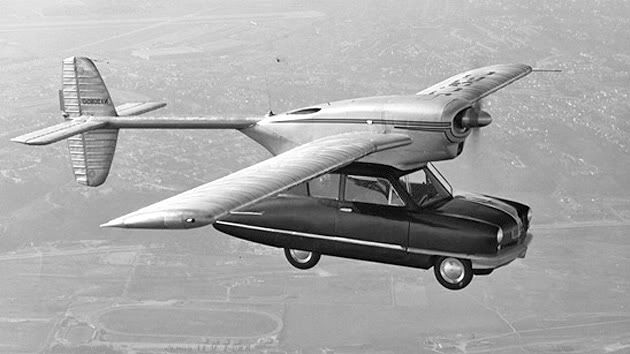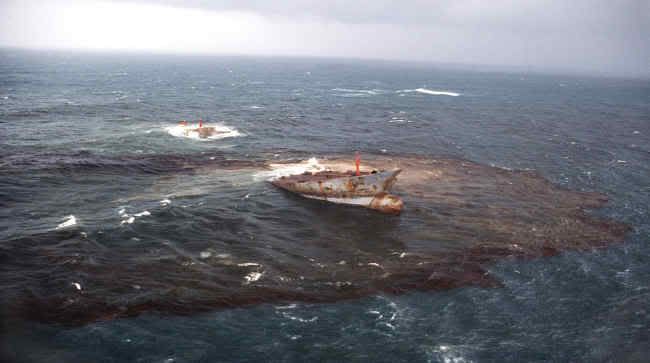The Bloop is just one of those mysterious events in history. There is enough evidence to prove that it happened but no sufficient explanation.
In 1977 scientists stationed at the U.S National Oceanic Atmospheric Administration stationed at the Pacific Ocean noticed something very peculiar. Their system of hydrophones (underwater microphones) picked up a low frequency but very loud signal. Now these scientists had monitored underwater earthquakes, moving glaciers, and whales but this noise was different. For one thing it was loud, enough in fact that another station with a hydrophone was able to hear the sound 3106 miles (5000 km) away. Another thing that made this very peculiar was the frequency of the sound was only similar but not quite the same as biological sources and too different from natural occurrences.
So where did the Bloop come from? Well, no one really knows. At first considered the biological origin theory but it’s several times louder than a blue whale which is the loudest known animal. To further add to the mystery scientists have found other unexplained sounds similar to the Bloop, all of which have baffled scientists.
What do you think it is? Listen to a video of the Bloop below and tell us what you think it is.




























